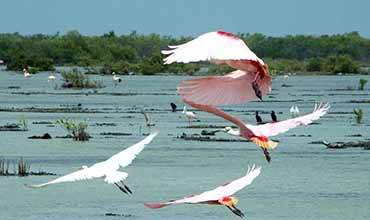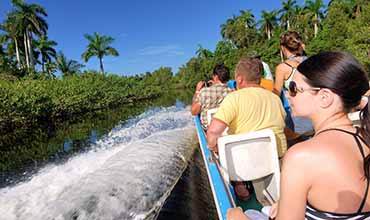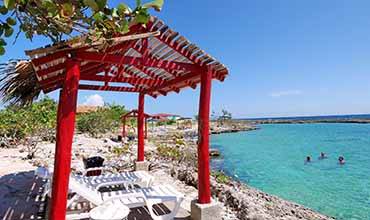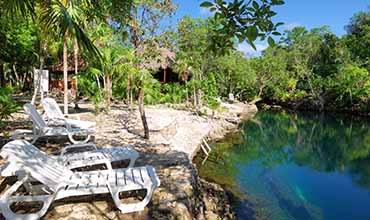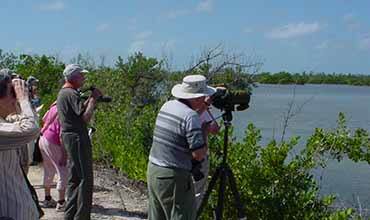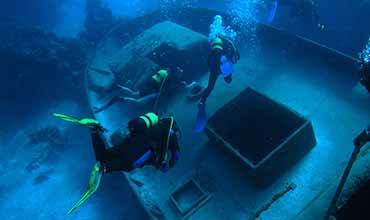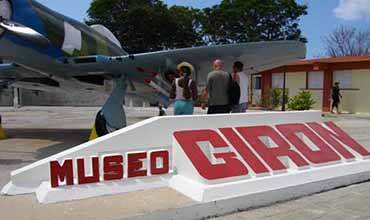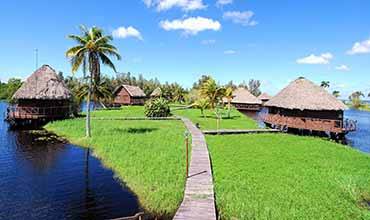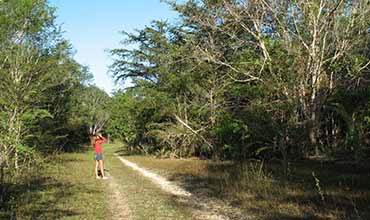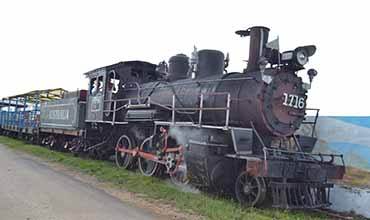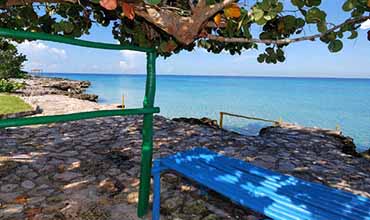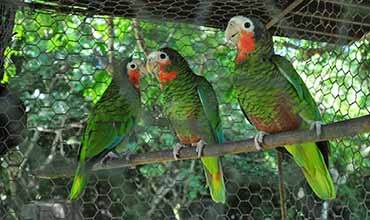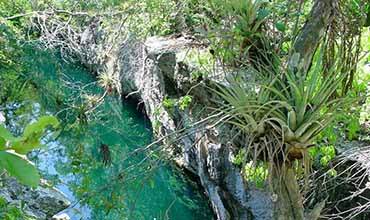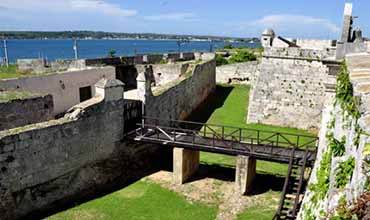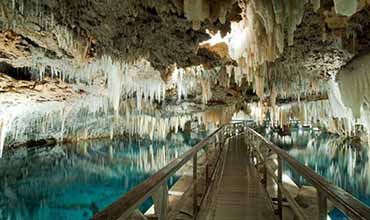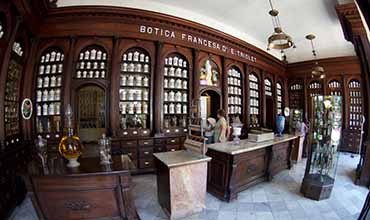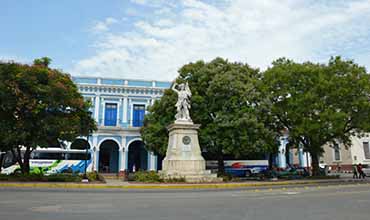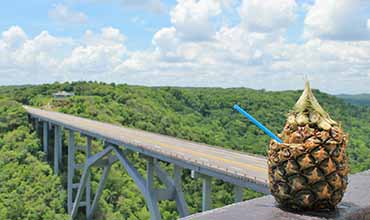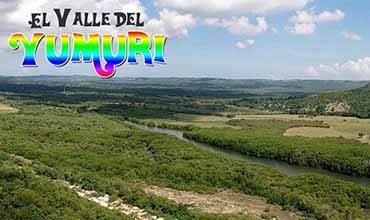Punta Perdiz | Day Trip
Punta Perdiz
Punta Perdiz, attractive site for diving
Its peculiarity is that you can practice this nautical modality from the coast and access through this route to fascinating submerged landscapes
The sea gives the lover of nature a particular beauty, entertainment and learning. These proposals have varied scenarios in Cuba, some well known, others surprising, as is the case of Punta Perdiz.
It is a space in the western part of the island, in the Ciénaga de Zapata, with an international diving center, which has the peculiarity that you can practice this nautical modality from the coast and access this way to fascinating submerged landscapes.
The deep-sea fan can be expert or simple beginner, since in this installation he receives the required attention, even for a day.
To that end, they have Open Sea, Instructor or Open Water courses, or simply do a couple of dives under expert guidance and look, with tanks of compressed air or without them (snorkeling).
Among the favorite sites for those involved in this adventure, stand out the Cueva de los Peces, a cavern 80 meters deep, and Caleta Buena, with natural pools and coral bottoms, a great attraction for diving, in the vicinity of Playa Girón.
In particular, the characteristics of Punta Perdiz consist of shallow waters that encourage diving or snorkeling, with a cenote of nearby fish, or underwater caves to explore.
The cenote is a flooded tectonic fault located inland, in the middle of the road from Playa Girón to Playa Larga. That is the case of Caleta Buena, eight kilometers from Playa Girón.
